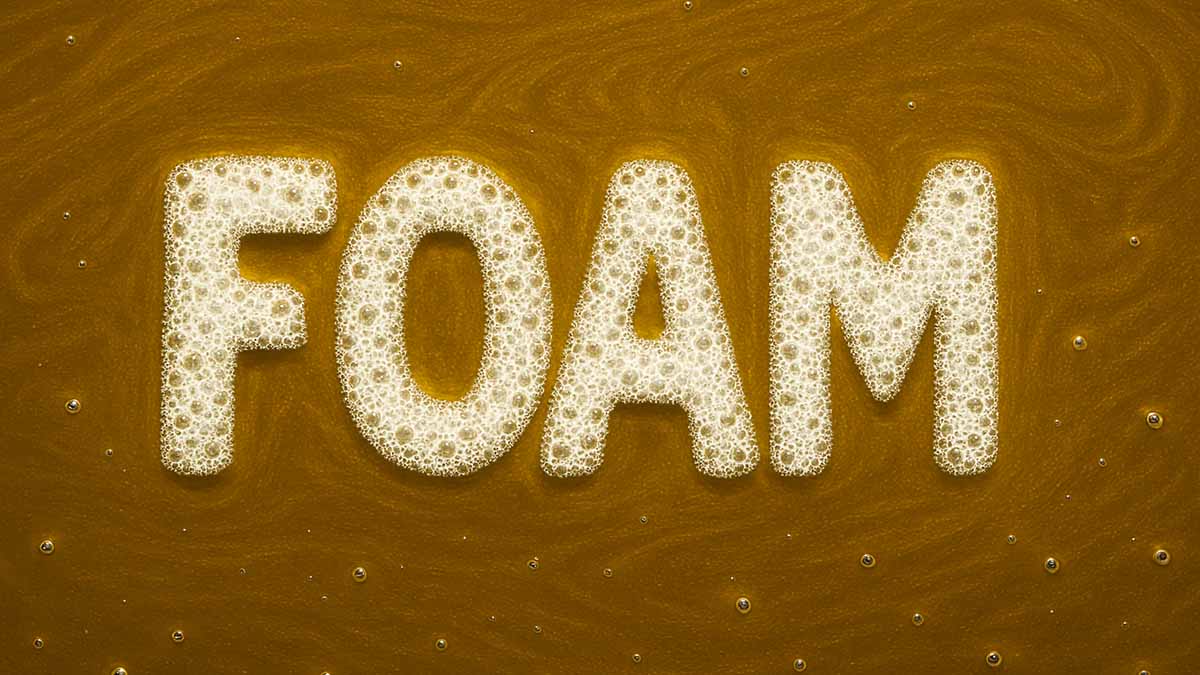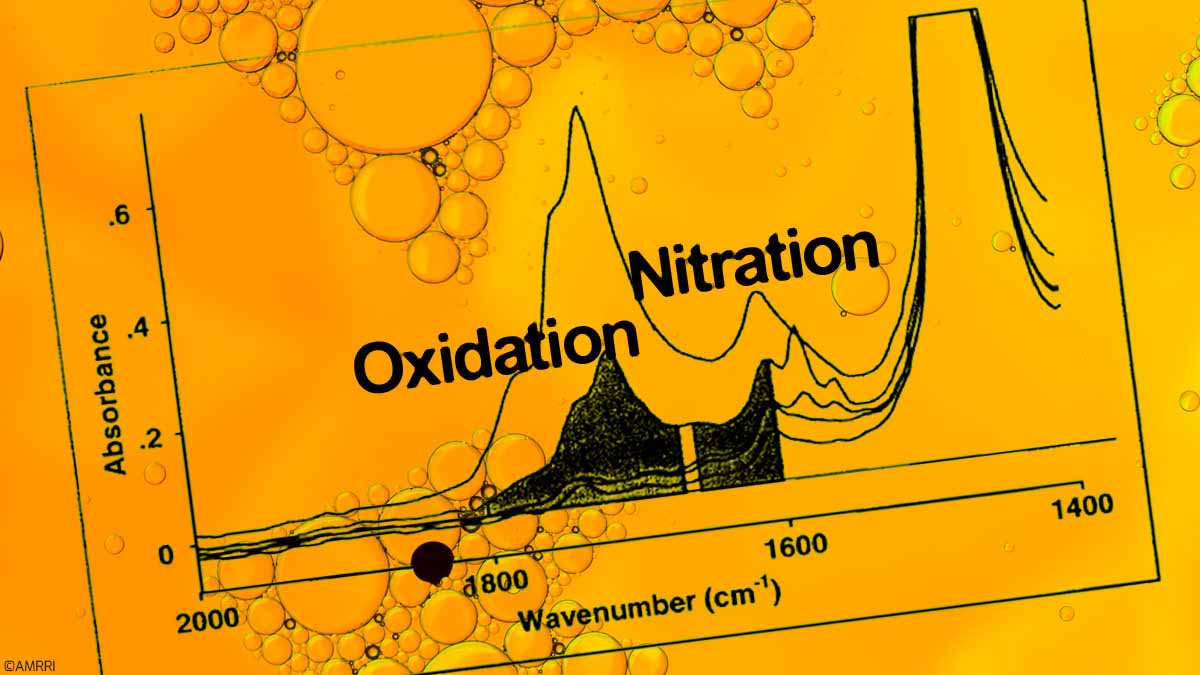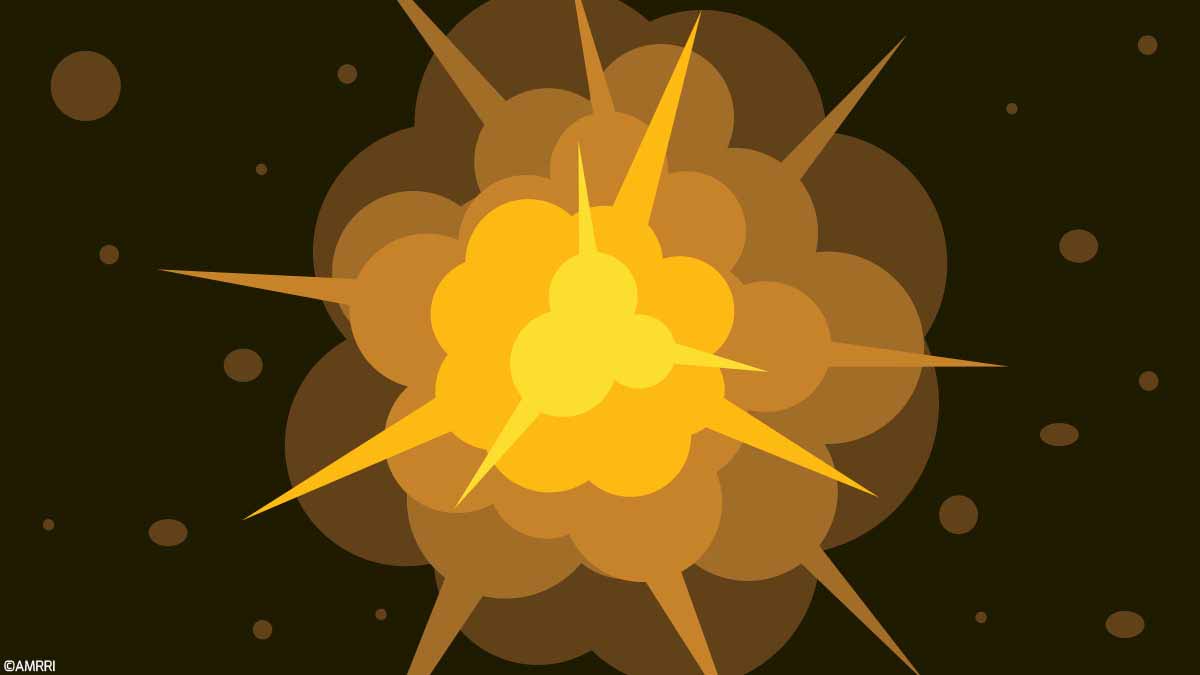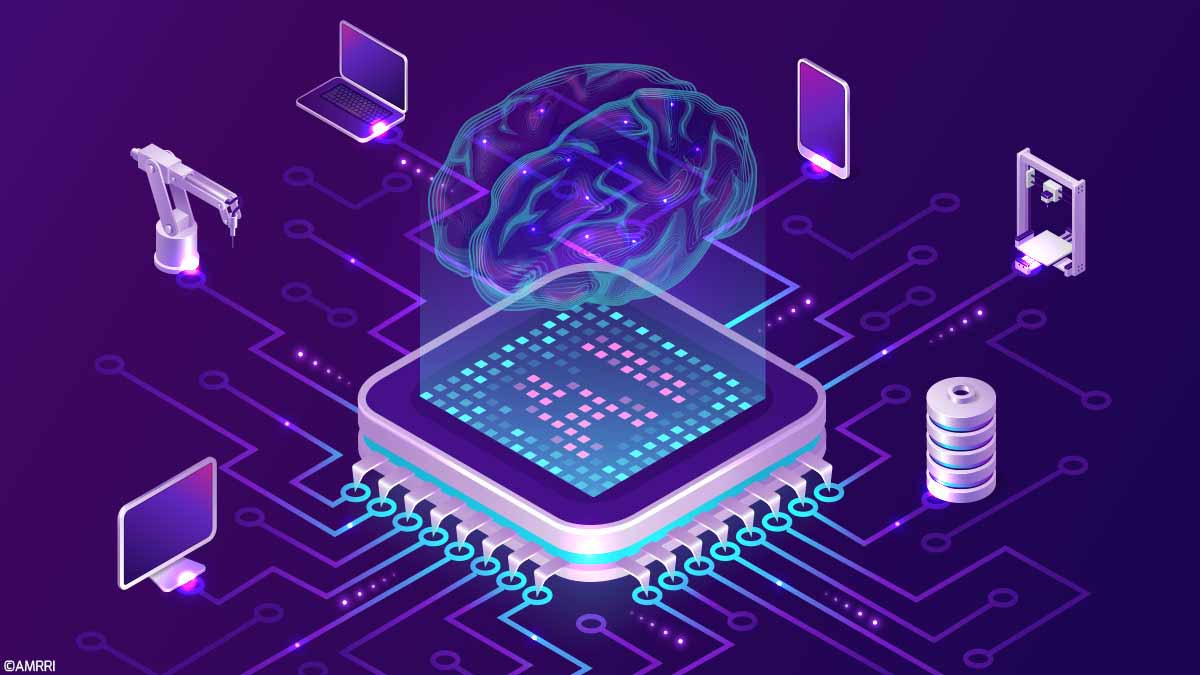What is Lubricant Foaming? Lubricant foaming is a deceptively complex phenomenon often dismissed as mere surface bubbles on top of oil reservoirs. Yet seasoned lubrication engineers and tribologists understand the critical threat foaming poses to lubricant performance...
Lubricant Analysis
How Detecting Oxidation and Nitration Early Protects Equipment
Degradation of the lubricant circulating through your system can impact equipment performance, reliability, and lifespan. When an oil degrades, it loses its ability to properly lubricate, meaning friction increases – accelerating wear and tear on the components. This...
Turn Maintenance into a Profit Center with an EBITDA Mindset
For over 35 years, I have been at the heart of reliability, lubrication, and operational excellence. In my experience, siloed decision-making between maintenance, HSE, and procurement often results in inefficiencies, increased risks, and missed opportunities for...
How to Detect and Address Poor Turbine Oil Demulsibility
A critical property of turbine oil is its ability to separate from water, known as its demulsibility characteristic. This property is essential for protecting turbine components from inadvertent damage to viscosity changes or corrosion. Water and oil are immiscible...
Microdieseling in Turbine Oils: Identifying Causes and Solutions
Microdieseling is a term often associated with changes in lubricant color and the formation of harmful byproducts within lubricated systems. It occurs when microbubbles of air (smaller than 5 microns) in the lubricant transition from a low-pressure environment to a...
Contamination Control: Improve Cleanliness, Prevent Failures with Particle Count
Contamination within lubricants circulating through equipment can range from air, water, or, the most damaging, particles. The most common cause of equipment failure is particle contamination in the lubricant, and, specifically, 80% of hydraulic system failures can be...
How Machine Learning is Redefining Fluid Analysis for Predictive Maintenance
Traditional fluid analysis relies on pre-set flagging limits to evaluate the severity of a sample. These limits, refined over time through statistical analysis, provide a baseline for assessing whether test results indicate any maintenance needs. If a sample falls...
How to Select Oil Analysis Tools That Align with High-Value KPIs
Oil analysis is critical to any reliability program, serving as an effective predictive tool for potential equipment failures. When properly deployed, oil analysis has the power to enhance maintenance practices within industrial and fleet settings. This article will...
The Great Debate: Does Heat Truly Halve Your Lubricant’s Lifespan?
One of the first theoretical lessons you learn when you dive into the world of lubrication and lubricant analysis is that temperature generally harms these compounds. This is true, and many trainers in the area have at least a few slides dedicated to this point in...
Cold Weather Equipment Care: Essential Fluid Testing Steps
As temperatures drop in the winter, the impact on equipment performance can be substantial. In extreme cases, such as remote mining operations in Alaska, where temperatures plunge to dangerous lows, equipment can experience immediate oil thickening within minutes of...














